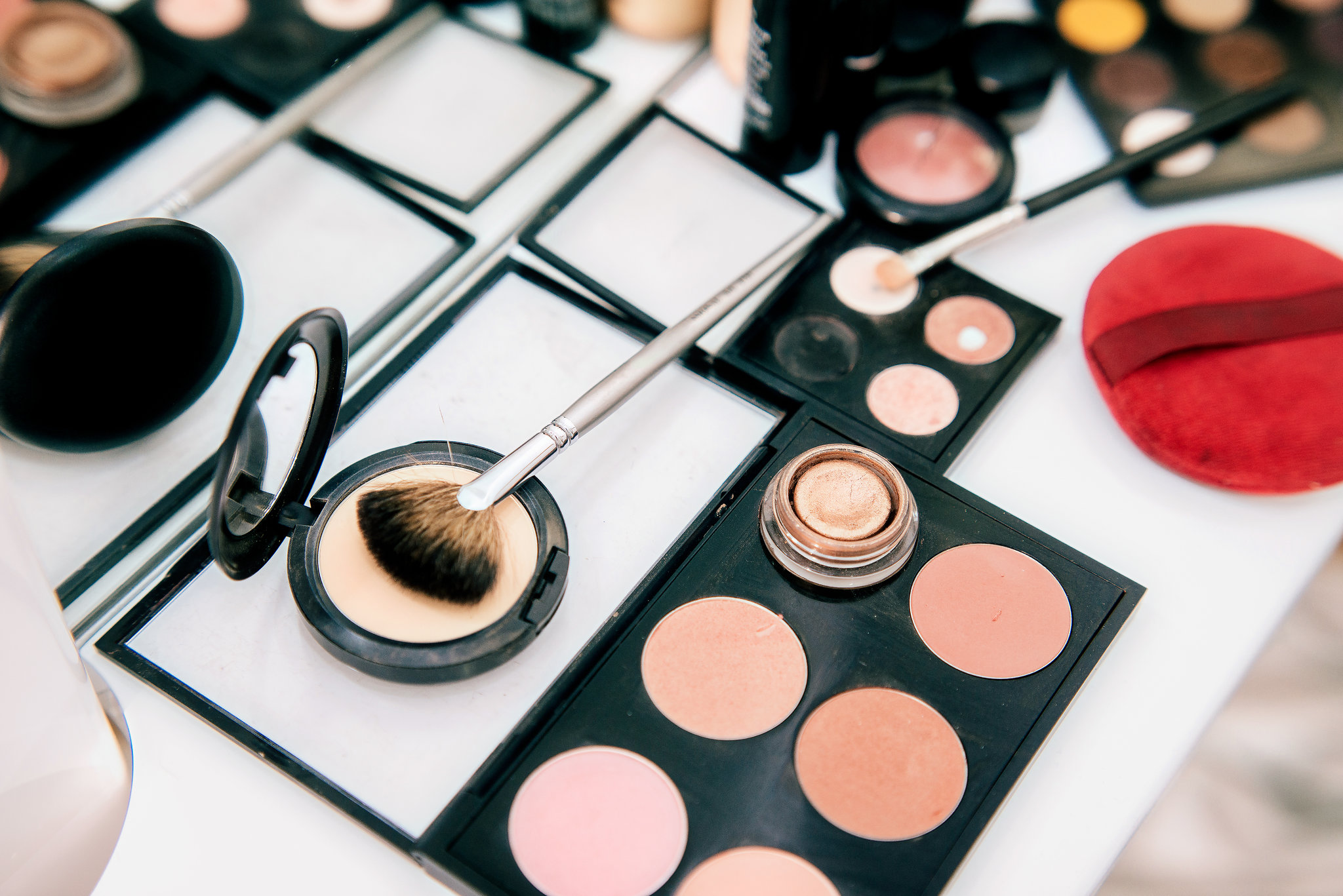Dandruff is a common chronic scalp condition marked by flaking of the skin on your scalp. Dandruff isn’t contagious or serious. But it can be embarrassing and sometimes difficult to treat.
The good news is that dandruff usually can be controlled. Mild cases of dandruff may need nothing more than daily shampooing with a gentle cleanser. More-stubborn cases of dandruff often respond to medicated shampoos.
Symptoms
For most teens and adults, dandruff symptoms are easy to spot: white, oily-looking flakes of dead skin that dot your hair and shoulders, and a possibly itchy, scaly scalp. The condition may worsen during the fall and winter, when indoor heating can contribute to dry skin, and improve during the summer.
A type of dandruff called cradle cap can affect babies. This disorder, which causes a scaly, crusty scalp, is most common in newborns, but it can occur anytime during infancy. Although it can be alarming for parents, cradle cap isn’t dangerous and usually clears up on its own.
When to see a doctor
Most cases of dandruff don’t require a doctor’s care. But if over-the-counter (OTC) dandruff shampoos aren’t helping, or if your scalp becomes red or swollen, see your doctor or a doctor who specializes in skin conditions (dermatologist). You may have seborrheic dermatitis or another condition that resembles dandruff.
Causes
Dandruff can have several causes, including:
Irritated, oily skin (seborrheic dermatitis). This condition, one of the most frequent causes of dandruff, is marked by red, greasy skin covered with flaky white or yellow scales. Seborrheic dermatitis may affect your scalp and other areas rich in oil glands, such as your eyebrows, the sides of your nose and the backs of your ears, your breastbone (sternum), your groin area, and sometimes your armpits.
Not shampooing often enough. If you don’t regularly wash your hair, oils and skin cells from your scalp can build up, causing dandruff.
A yeastlike fungus (malassezia). Malassezia lives on the scalps of most adults. But, for some, it irritates the scalp and can cause more skin cells to grow.
The extra skin cells die and fall off, making them appear white and flaky in your hair or on your clothes. Why malassezia irritates some scalps isn’t known.
Dry skin. Flakes from dry skin are generally smaller and less oily than those from other causes of dandruff. And, redness or inflammation is unlikely. You’ll probably have dry skin on other parts of the body, such as your legs and arms, too.
Sensitivity to hair care products (contact dermatitis). Sometimes sensitivities to certain ingredients in hair care products or hair dyes can cause a red, itchy, scaly scalp.
Risk Factors
Almost anyone can have dandruff, but certain factors can make you more susceptible:
Age. Dandruff usually begins in young adulthood and continues through middle age. That doesn’t mean older adults don’t get dandruff. For some people, the problem can be lifelong.
Being male. Because more men have dandruff, some researchers think male hormones may play a role.
Oily hair and scalp. Malassezia feeds on oils in your scalp. For that reason, having excessively oily skin and hair makes you more prone to dandruff.
Certain illnesses. For reasons that aren’t clear, adults with neurological diseases, such as Parkinson’s disease, are more likely to develop seborrheic dermatitis and dandruff. So are people with HIV infection, or those who have compromised immune systems from other conditions.
By Mayo Clinic Staff
Source: www.mayoclinic.org






Leave A Comment
You must be logged in to post a comment.